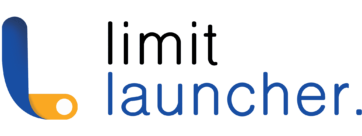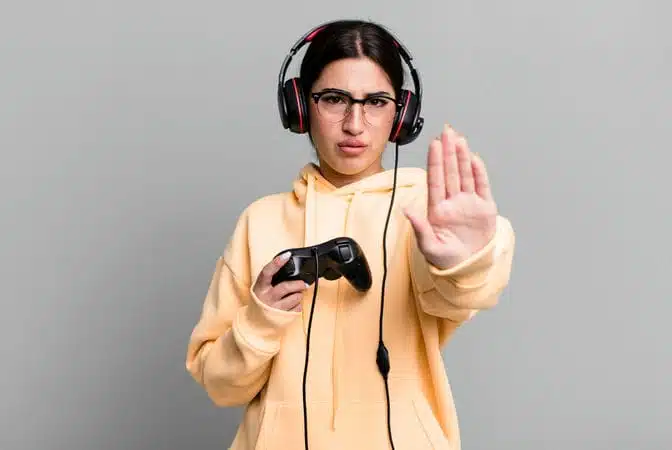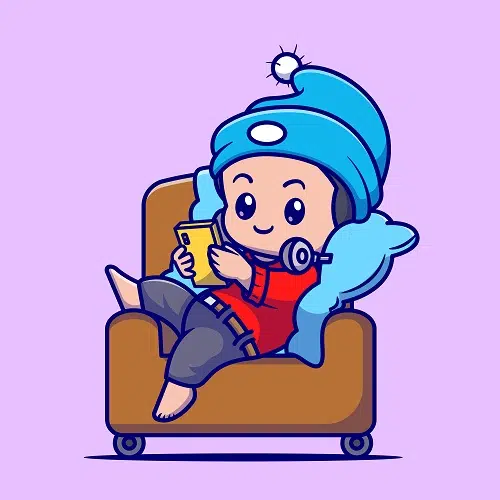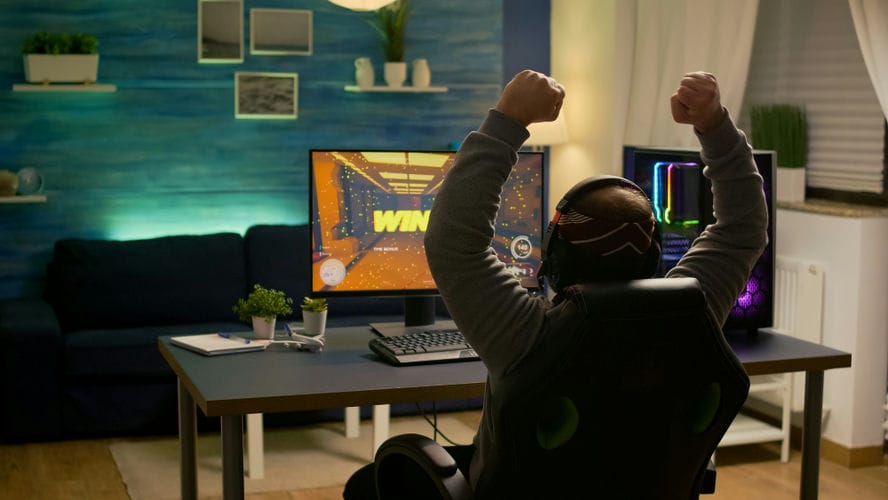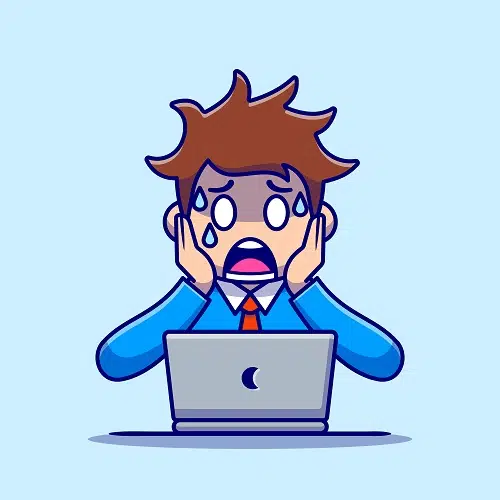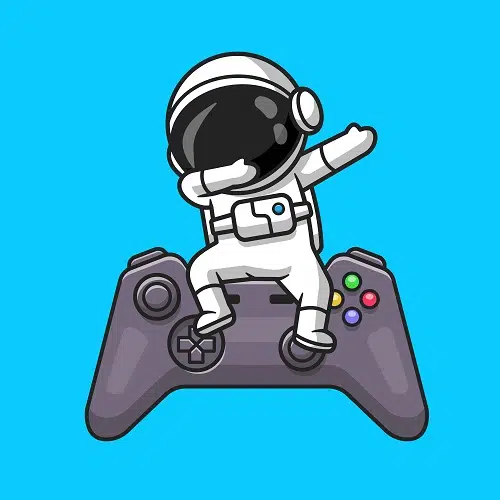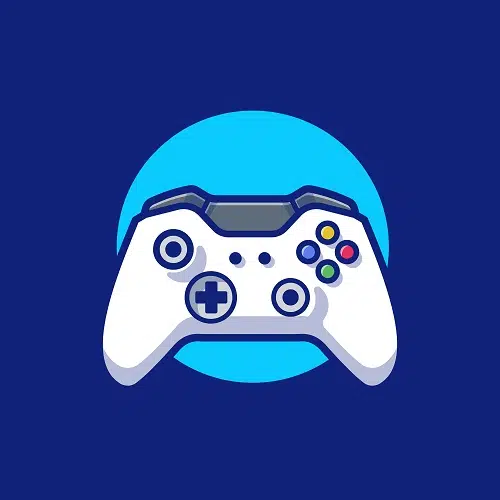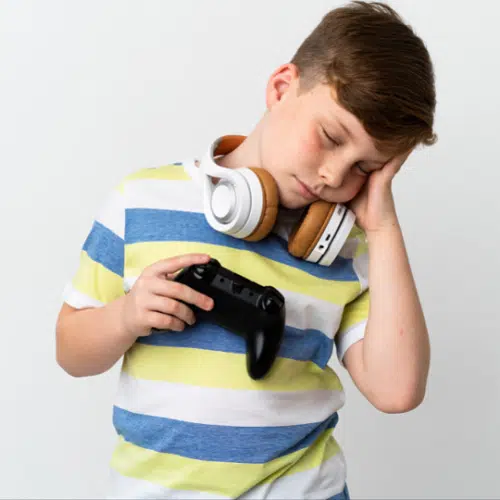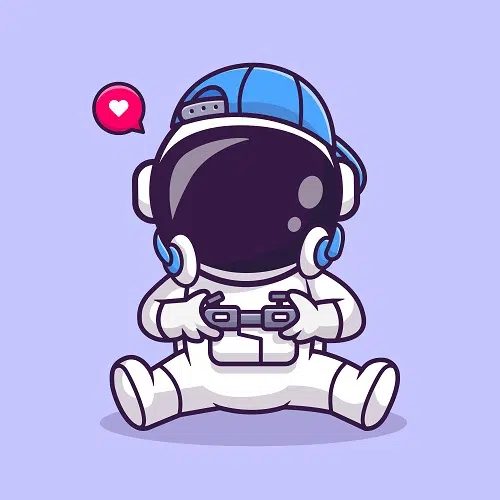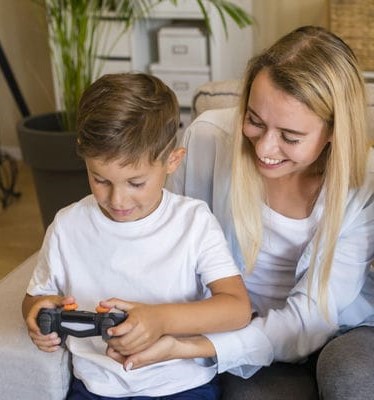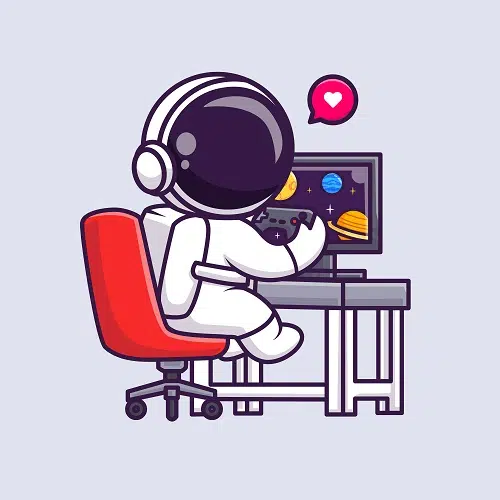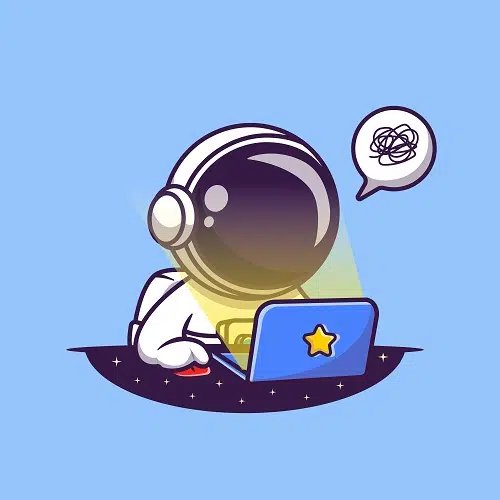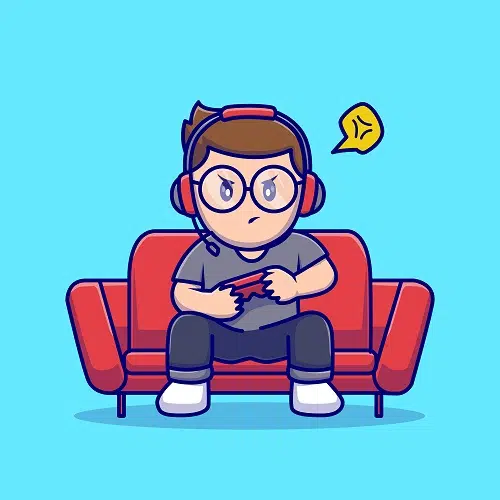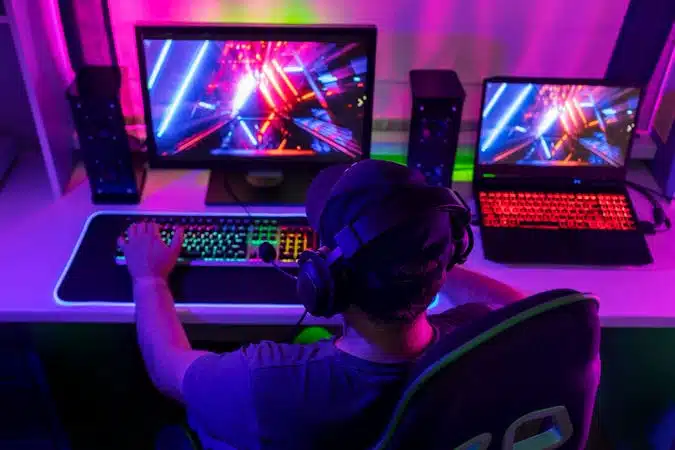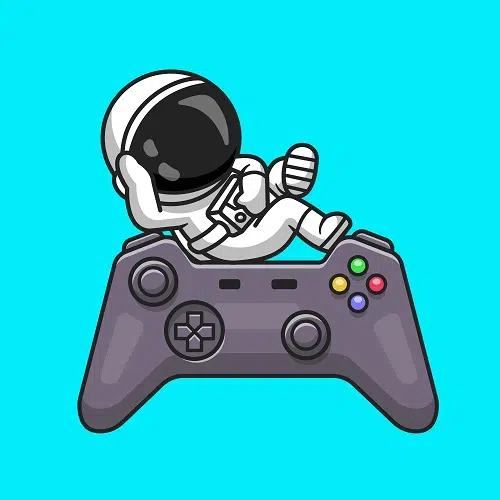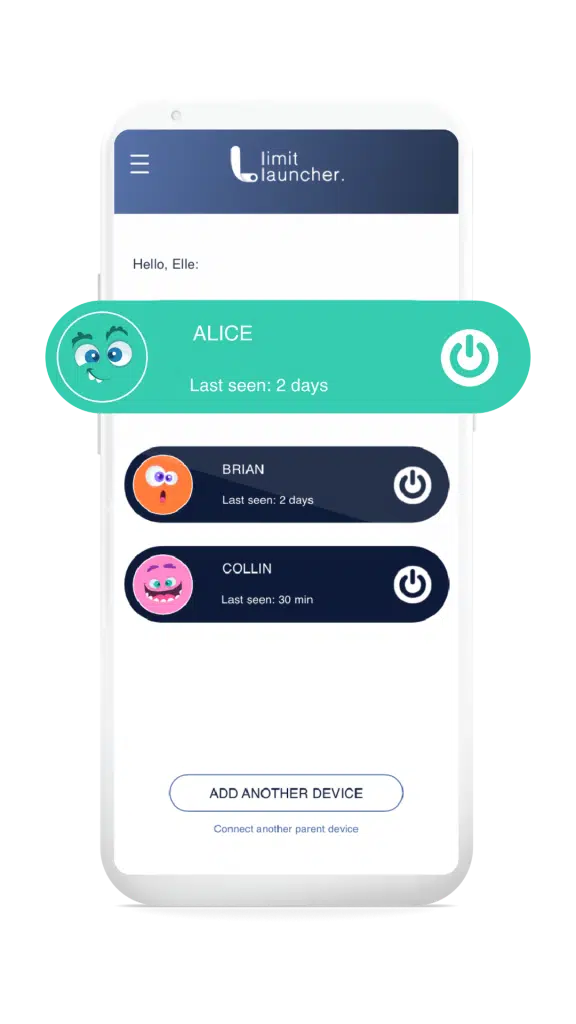In today’s technologically advanced world, we use devices continuously throughout the day, regardless of our age or gender. Technology has brought convenience and ease to our daily lives, but when we use it irresponsibly, it also comes at a cost. Repercussions can be physical, mental, emotional, or all the above.
What do you consider screen time to be? According to the American Academy of Pediatrics, screen time means any screen-based activity that an individual engages in each day. This includes media usage such as watching TV, checking emails, or playing video games. In general, the more screens a child has access to, the more time they’re spending in front of them.
A study published in the “Journal of Pediatrics” found that children and adolescents who spend more than two hours a day on screens (including devices like smartphones, tablets, laptops, and televisions) are at increased risk for obesity. Over time, long hours spent sitting in front of the screen can result in a sedentary lifestyle with limited exercise and prolonged sitting/lying down that increases the risk for obesity. Furthermore, the sedentary lifestyle not just causes weight gain but also contributes to other health problems such as sleep deprivation. It also has a negative impact on our mental health by causing us to spend less time with family and friends.
As a result, screens that are used on a regular basis should be used with breaks. While screen time does provide entertainment and educational opportunities, many experts recommend maintaining a balance between screen use and time away from them. Additionally, time spent away from it will reduce its negative effects and increase some positive ones for both children and adults, such as:
Deepen relationships
Although technology has broken down barriers to social connections allowing us to check up on our friends and family members’ social media feeds any time at any place. On the other hand, the best relationships are still formed face-to-face, as developing relationships requires actual interaction instead of simply looking at photos or sending a message that doesn’t convey the meaning behind it. Hence, take a break from screens arrange a gathering, and get connected physically!

Reduce stress
In this day and age of technology, work that takes place from 9 to 5 can now extend into the home and become a 24/7 stressor. As we have become accustomed to working from home during COVID-19, some employers even encourage this practice. Emails may not overwhelm you, but there are other distractions to worry about, such as checking for phone alerts, mindlessly scrolling through social media, or searching for movies. That keeps the brain to be on a constant state of stress. Therefore, having a break from screens allows your brain to reboot, relax, and be in the present moment.
Increase in productivity
Procrastination, one of the greatest adversaries of productivity, has now been strengthened by technology. Rather than taking a break from screens and focusing on the list of work to be completed, people are choosing to take a break from the list of work and face their screens as a “break”. Being distracted by social media while trying to keep up with the latest news or watching YouTube video after YouTube video. By the time you realize it, half the day has already passed. As a result, turn off the notifications on your phone and close all social media pages on your computer. With fewer distractions, you are able to focus better on the task, resulting in higher productivity and quality of work.

Better sleep quality
During bedtime, screens emit “blue light” which interferes with melatonin production by the brain and delays sleep. Moreover, checking your phone, even for a short period, or sending that last message to a friend may just lead to hours on your phone chatting or watching videos which can completely disrupt your sleep. Therefore, putting screens away and completely shutting them down eliminates all distractions and interference.
In short, by taking a break from screens, you will achieve better productivity, quality of work, better sleep quality, and less stress.
